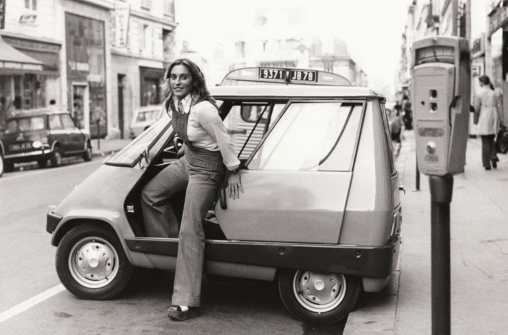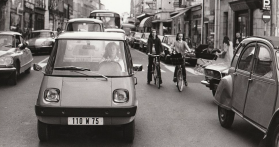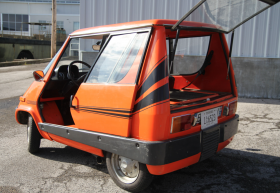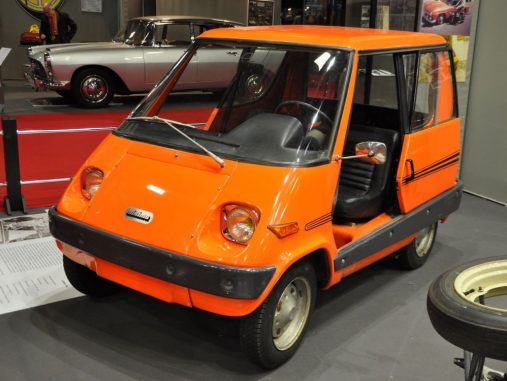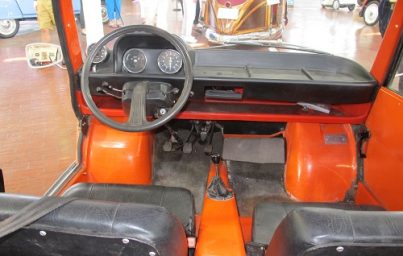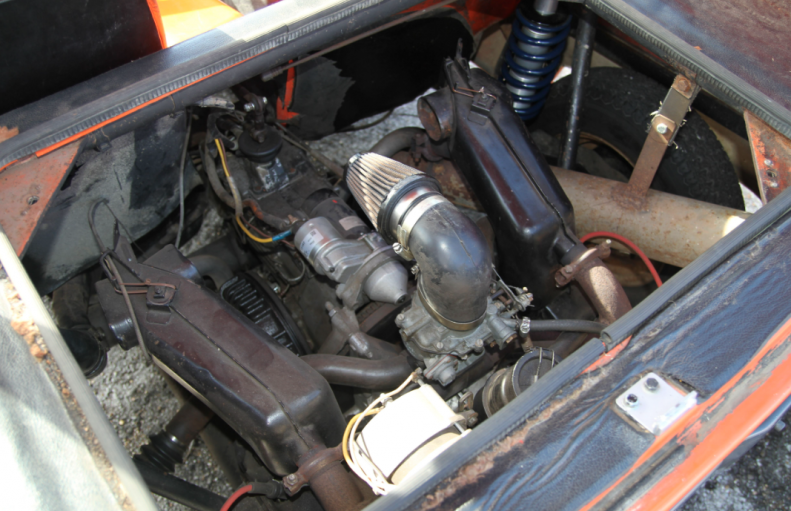Bouffort Minima
As Europe recovered from the devastating World War II, the idea of car sharing emerged as a logical solution in the face of scarcity and a resurgent economy. The concept was simple: if you can’t afford to buy a car, share it. Basically, these ideas existed only on paper, until the French Procotip system was launched in 1971. It was a special “meters” fed by tokens, which allowed participants to pay for the use depending on the distance (in fact, the analogue of modern car sharing). But Minima was different because it had to be available for FREE.
Its creator, Victor Buffourt, was a less-famous but brilliant French engineer. In the late 1960s, he was inspired by the idea that most cars in megacities carry one or two passengers, so he decided to create a small car for citizens – a two-seater, the length of which would not exceed the width of a traditional passenger car.
The Minima was based on a tubular chassis topped by a composite body with sliding doors, rear luggage compartment and a 30 hp two-cylinder air-cooled Citroën 2CV engine. The Minima could reach a top speed of up to 75 miles per hour (120 km/h).
Bouffort Minima was presented to public at the Paris Motor Show in 1973. Unfortunately, it did not generate much interest upon launch, and plans for mass production were eventually cancelled.
The last prototype of Victor Bouffort remained in the Bouffort family for many years. Family friend Thierry Farge, co-organizer of the famous Retromobile exhibition in Paris, bought the car and became its second owner in 2017. The microcar was later bought by Jeff Lane and became part of his Lane Motor Museum.

